

This is a course for advanced climbers to traverse Mt. Aizukoma and Mt. Hiuchi in three days and two nights. Please take care of your physical condition and make sure you are fully equipped for the challenge.

 From Takizawa Trailhead to Mt. Aizukoma to Otsumata-toge Pass
From Takizawa Trailhead to Mt. Aizukoma to Otsumata-toge Pass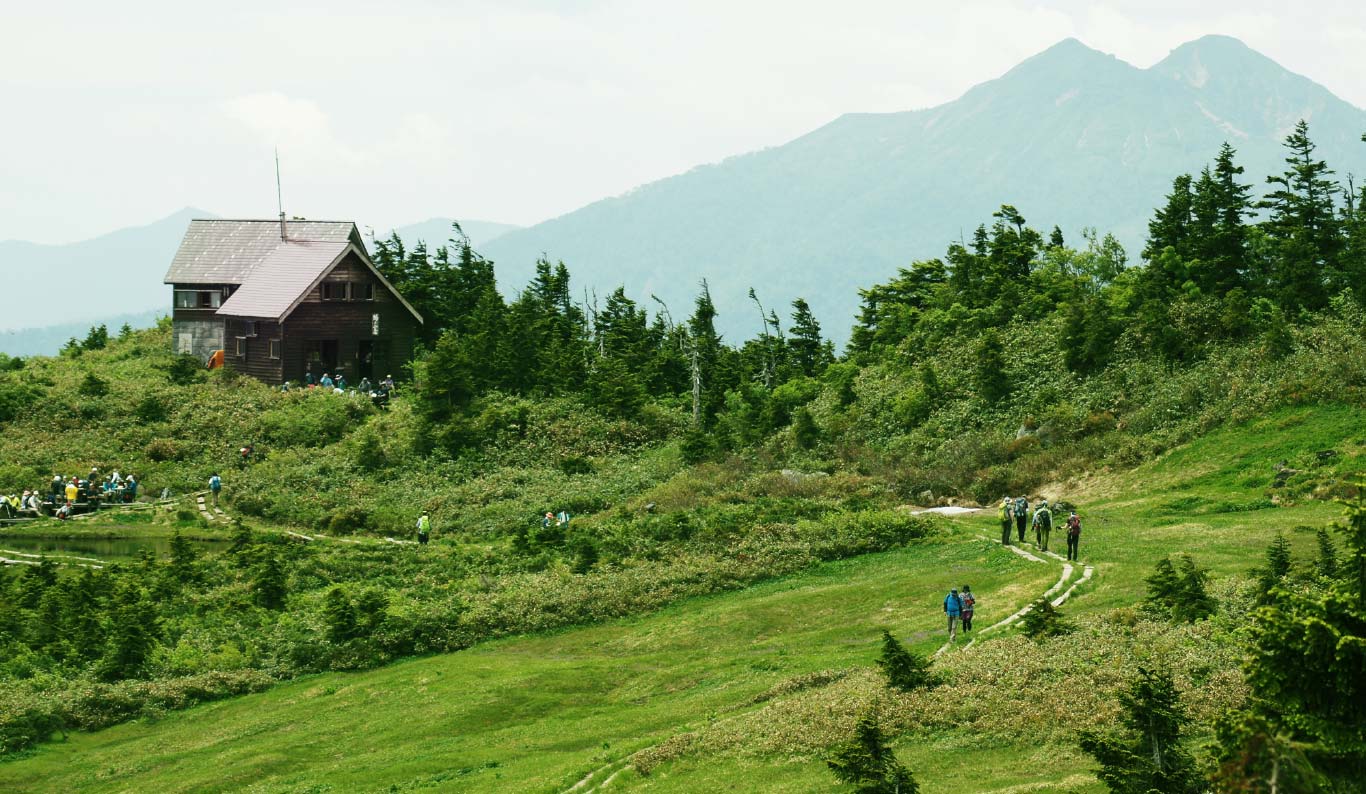
The first day is from Takizawa trailhead to the summit of Mt. Aizukoma. The second day is along the ridge paths on the Fujimi-rindo Trail and Osugi-rindo Trail to Miike. If you are a strong climber, it is possible to descend to Miike in one day, but you should not overdo it. The hike has been divided into two days to enjoy the ridge paths of Fujimi-rindo Trail and Osugi-rindo Trail.
Please refer to "Ridgeline course of Mt. Aizukoma" for the route to Otsumata-toge Pass.



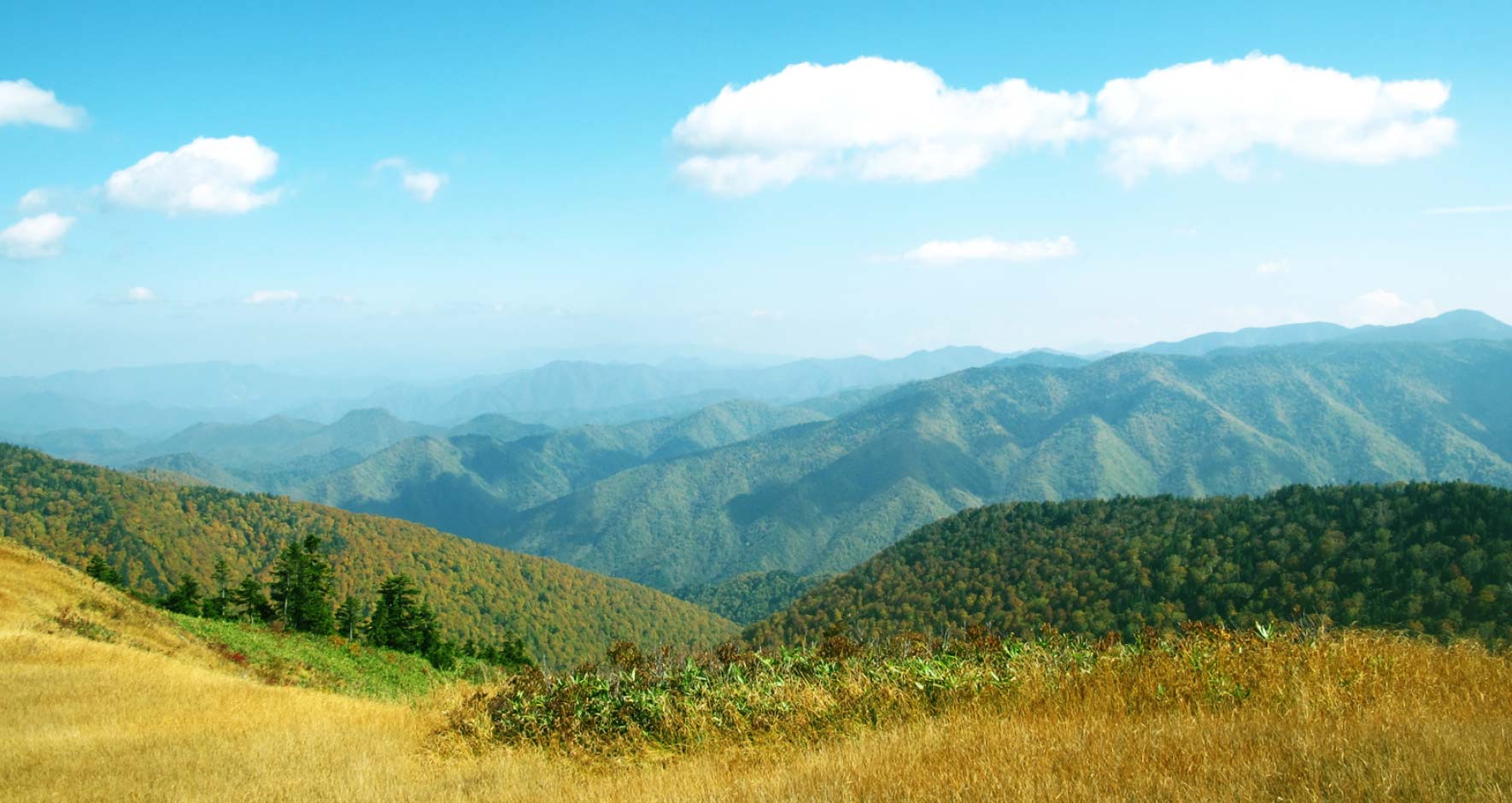
 From Denpatsu Shelter Hut to Mt. Osugi to Miike
From Denpatsu Shelter Hut to Mt. Osugi to Miike
The ridges of Mt. Taishaku and Mt. Tashiro become visible after the Otsumata-toge Pass. When you reach the Denpatsu Shelter Hut, the forest becomes thicker, and once you reach Mt. Osugi, you are in the forest zone.
The descent from Mt. Osugi to Miike is steep and there are no steps or rocks to stabilize your feet. In wet weather or during the falling leaves season, you will have to hold onto the surrounding branches to get down. Spikes or similar equipment would be useful.
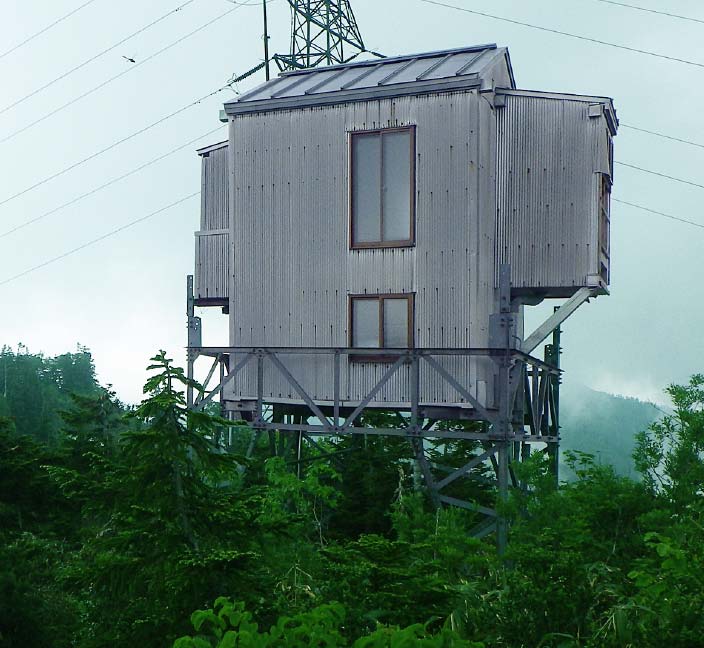


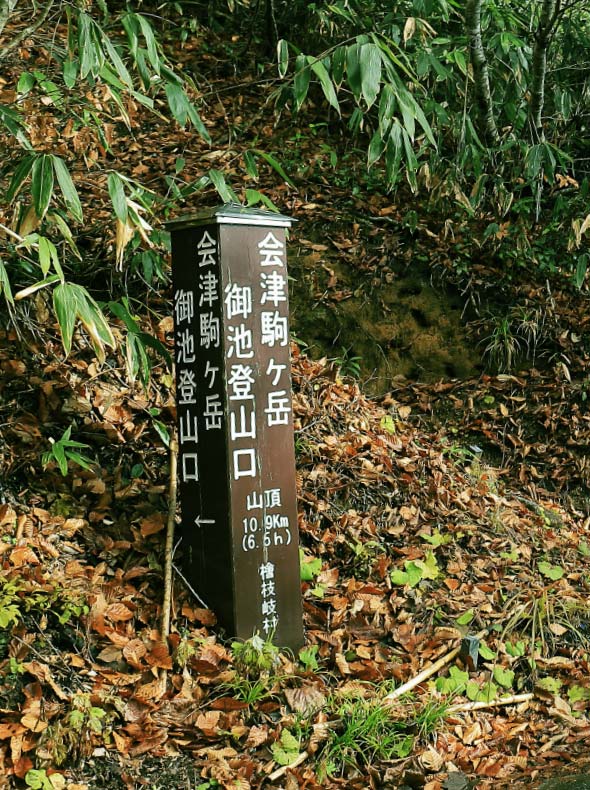
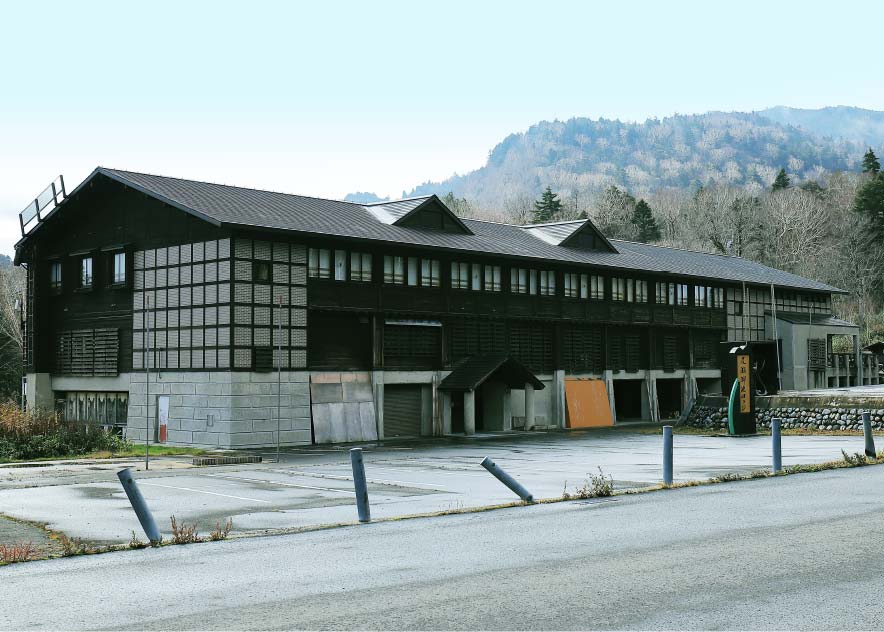

Although Miike Lodge was chosen as the accommodation for the second day of this course, it was closed for business in 2020. Please check and see if it is open for business in 2021 and onwards.
 From Miike to Manaitagura to Choei-shindo-bunki junction
From Miike to Manaitagura to Choei-shindo-bunki junction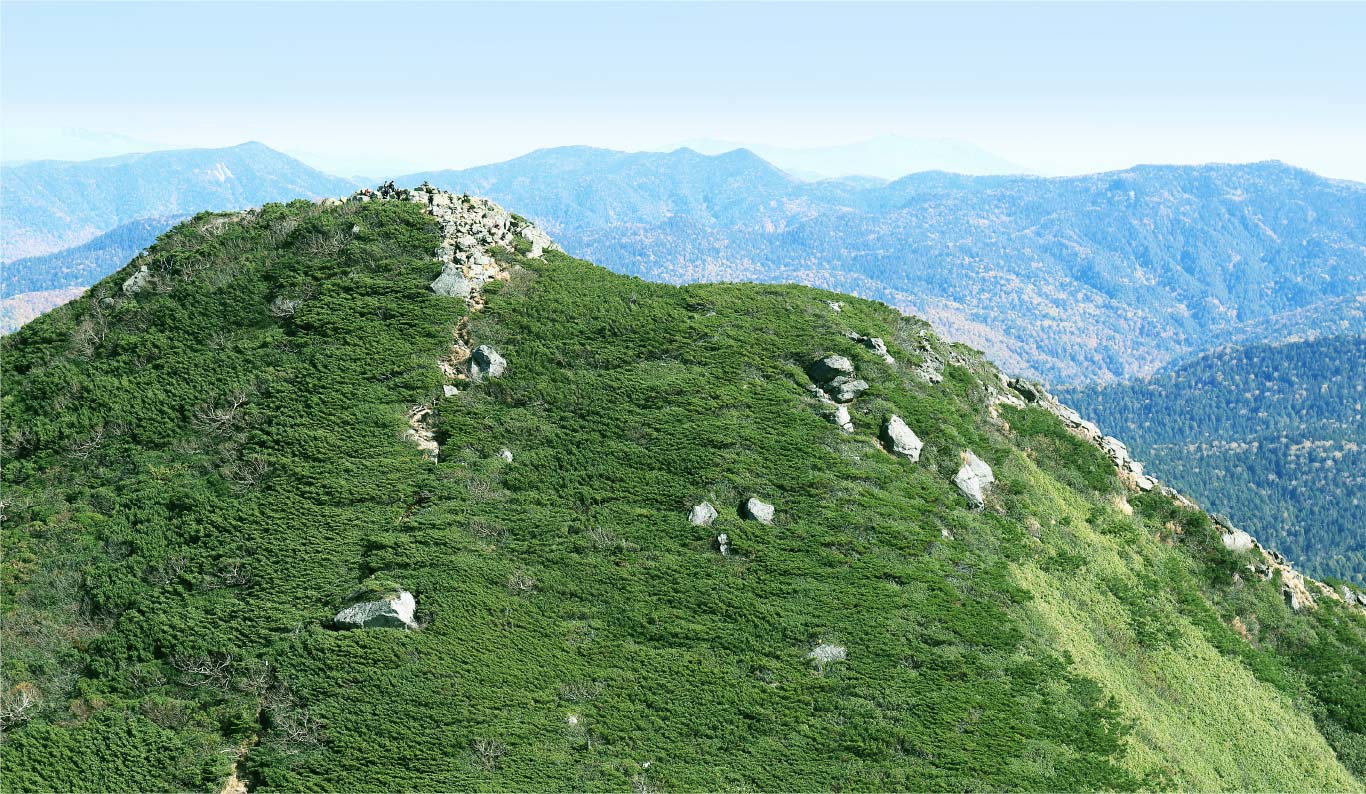
On the third day, you will ascend the Hokuryo northern mound of Mt. Hiuchi from Miike, and after reaching the summit of Manaitagura, you will descend using the Choei-shindo Trail on the east side.
The Choei-shindo Trail needs to be descended carefully below the summit, but other than that, it is a relatively safe trail. Some may be put off by the distance of the forest zone, but the gentle slope will speed up the walk.

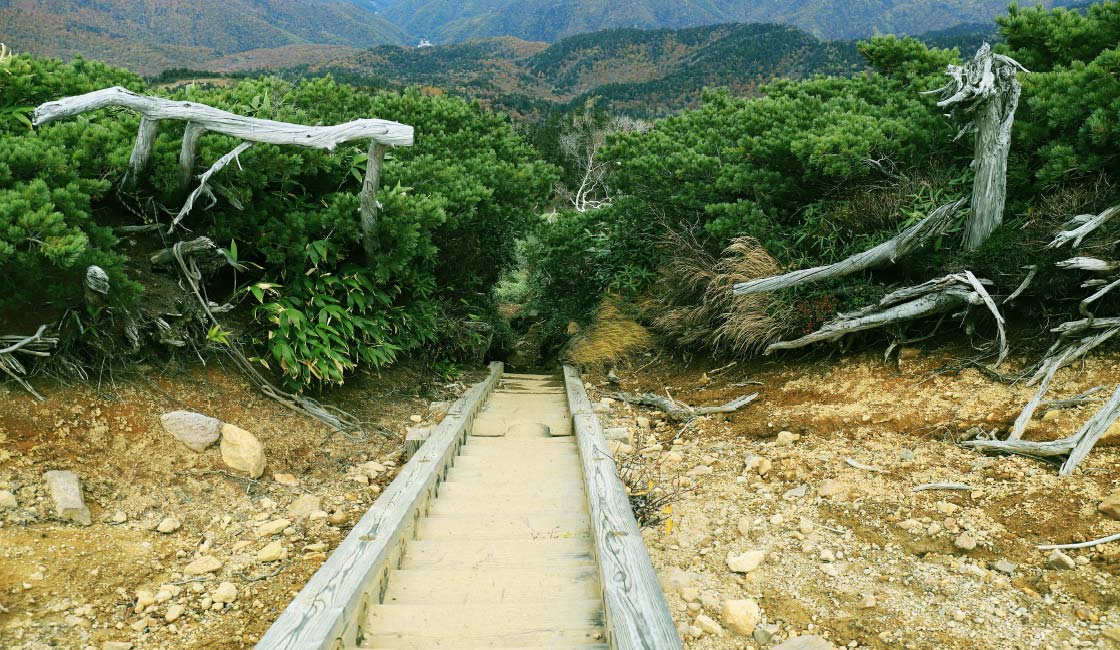
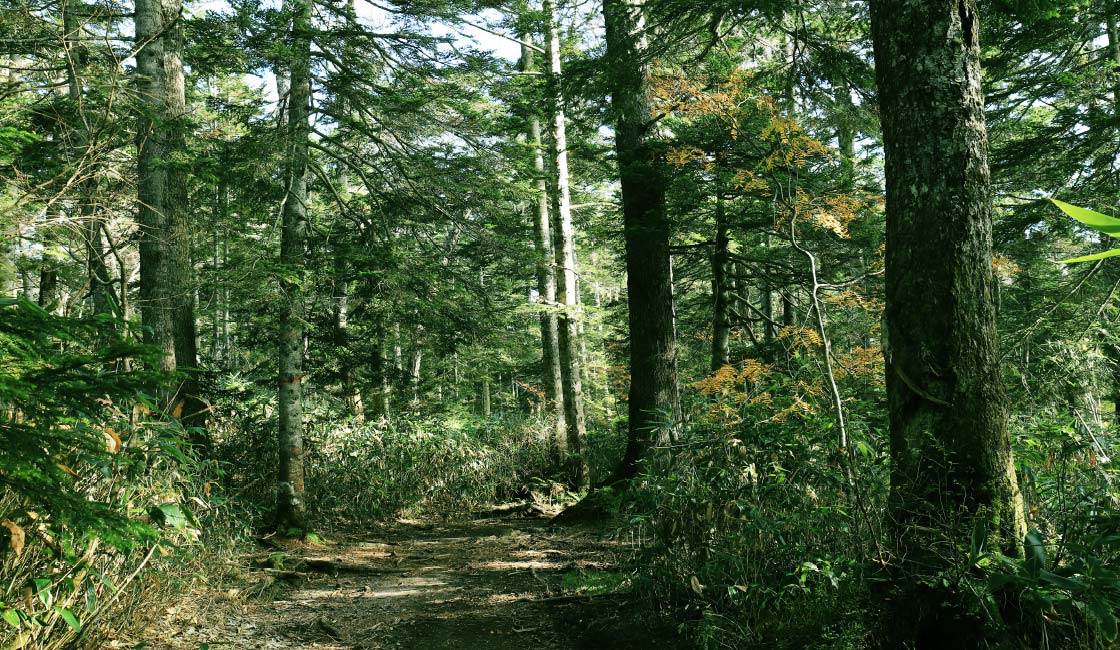


Once you see the wooden path, you are almost at the Ozenuma lakeside junction. For the route to the summit of Manaitagura, please refer to the "Peak-hunting course of Mt. Hiuchi”

 From Lake Ozenuma to Oe Marsh to Numayama-toge Pass
From Lake Ozenuma to Oe Marsh to Numayama-toge Pass
When you get to Oe Marsh, you can take a short break around the Ozenuma Visitor Center if you have time. After three days of hard work, your legs will be more tired than you think, so do not let your guard down while descending!
For more information about this area, please refer to the "Lakeside course around Ozenuma".
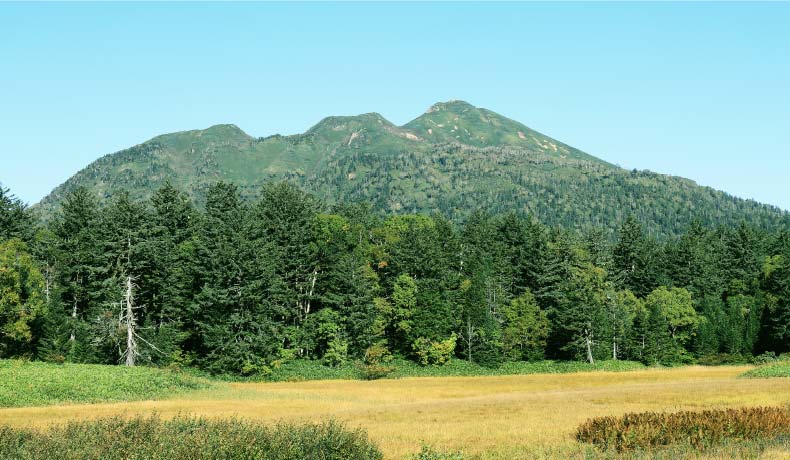

 Choose to bring food supplies and cooking equipment that are light enough to carry on a traverse
Choose to bring food supplies and cooking equipment that are light enough to carry on a traverse
You need to prepare your own meals at Komanokoya Cabin. If you are descending the following day, bringing a large cooker and food supplies are a fun part of mountaineering. But if you are doing a traverse, it is a different story. Bottled condiments and beverages that will be a burden on the descent should be transferred into small bottles beforehand or removed from your kit.
 Expect the weather to change over the three days
Expect the weather to change over the three days
In general, it is rare for the weather to stay the same for three days in the Japanese Archipelago. This is due to the westerly winds that constantly blow in the sky. Also, the weather in the mountains changes easily.
When you traverse mountainous areas, not only in Oze National Park, you should learn to read the weather beforehand, and also check for the shelters and exit routes in case of stormy weather.

